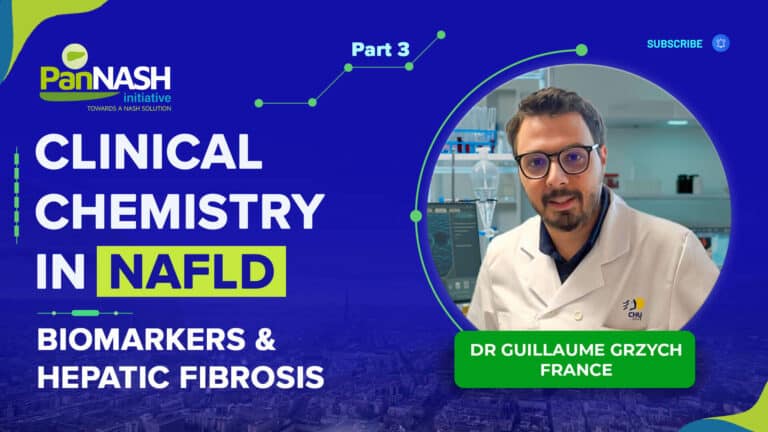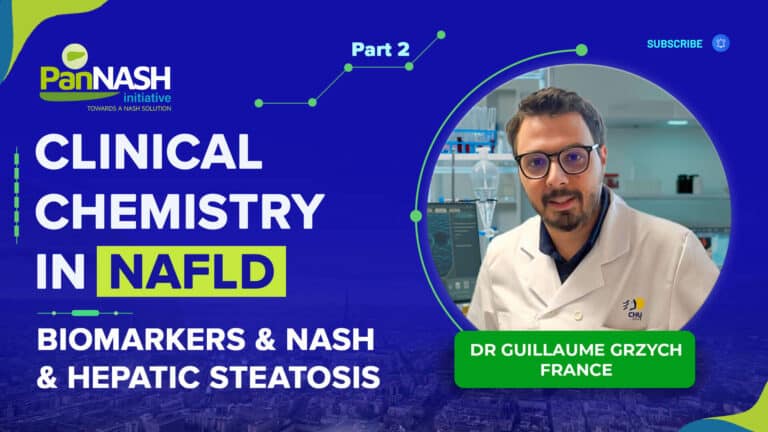Hello. I am Professor Pierre-Emmanuel Rautou from Beaujon Hospital in Paris. I’m happy to share with you the new development in the field of extracellular vesicles in NAFLD. Extracellular vesicles include micro vesicles. These are very small vesicles 0.1 to 1 nanometer in size and these vesicles are released by cells following apoptosis or the early steps of apoptosis. Activation and a good example of active activation is platelet activation and you can see here a resting platelet having a round shape.
Microvesicles as a biomarker
When they undergo activation, they completely change their shape and release from their extremities extras and extracellular vesicles and microvesicles and from that, you can understand that micro vesicles are potentially useful biomarkers because they reflect apoptosis and also reflect cell activation. They can therefore capture the changes that occur in different cell types and organs.
Finding microvesicles and extracellular physical plasma
Where can we find microvesicles and extracellular physical plasma? This has been known for years and this is very useful to use microvesicles as biomarkers. However microvesicles can also be found in almost all organs, including the liver.
Microvesicles in NASH
What do we know about microvesicles in NASH? There have been some studies and the best one is likely this one published some years ago by the treatment group where they were also able to demonstrate that microvesicles derived from lymphocytes on the left hand side and microvesicles derived from one side macrophages on the right hand side increase in the blood, together with the activity score of NASH, making these micro organic potential attractive by markers.
Since that date author groups have also tested the potential interest of microvesicles from other sources containing toxic lipids, containing markers of hypothesis. Also a recent study where authors were able to identify mitochondria within microvesicles and what they observed is here – the observe that patients obese with normal iot and higher micromedical in the blood containing mitochondria than lean controls and interestingly, obese patients with increased ALT level likely having NASH. This even further increases levels of these mitochondria being contained in microvesicles.
Findings and its implications in terms of NASH and Liver Disease
So you can see here the landscape of the development of microvesicles in the field of liver disorders. You can notice the development of technical phase assessment, development clinical development and the implementation. You can see here that the field of nothing is slightly late as compared to other fields, including cirrhosis and hepatocellular carcinoma. As a conclusion, microvesicles are present in the blood of all patients with NASH; microvesicles are increased and they are potentially interesting biomarkers because they reflect ongoing liver injury and cancer to predict patient outcome. Theoretically, it will be interesting to put together several populations of microvesicles to generate a signature and to therefore best assess presence of NASH and the outcome of the patients. Thank you for your attention.




